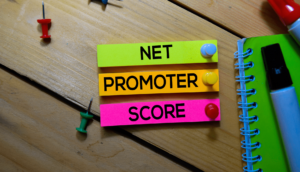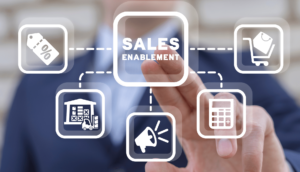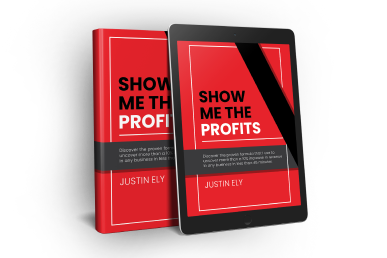
Staying Ahead of the Curve: Mastering Sales Trends in Your Industry
Keeping a keen eye on emerging sales trends is paramount in the ever-evolving business landscape. Sales trends are like the waves of the ocean, constantly changing and reshaping the shore of your industry. They can shape the success or failure of a company, making it imperative for professionals to remain agile and adaptable in their strategies. To thrive in such an environment, here are some steps to consider. Continuous Learning and Research Sales trends don’t emerge overnight; they evolve gradually based on changing consumer behaviors, technologies, and market dynamics. To stay ahead, commit to continuous learning and research. Engage with industry publications, attend conferences, and follow thought leaders in your field. Leverage online resources and social media platforms to keep your finger on the pulse of what’s happening in your industry. Data-Driven Decision-Making In the digital age, data is a goldmine for understanding sales trends. Utilize data analytics tools to gather insights from your sales processes and customer interactions. Identify patterns, preferences, and emerging demands. Data-driven decision-making ensures your strategies align with real-time trends rather than relying on outdated assumptions. Customer-Centric Approach Your customers are the ultimate barometers of sales trends. Maintain open lines of communication with your customer base. Conduct surveys, solicit feedback, and actively listen to their needs and concerns. Customer insights are invaluable in adapting your sales strategies to meet evolving preferences and expectations. Competitive Analysis Don’t underestimate the power of keeping an eye on your competitors. Analyze what your competitors are doing regarding sales tactics, pricing









